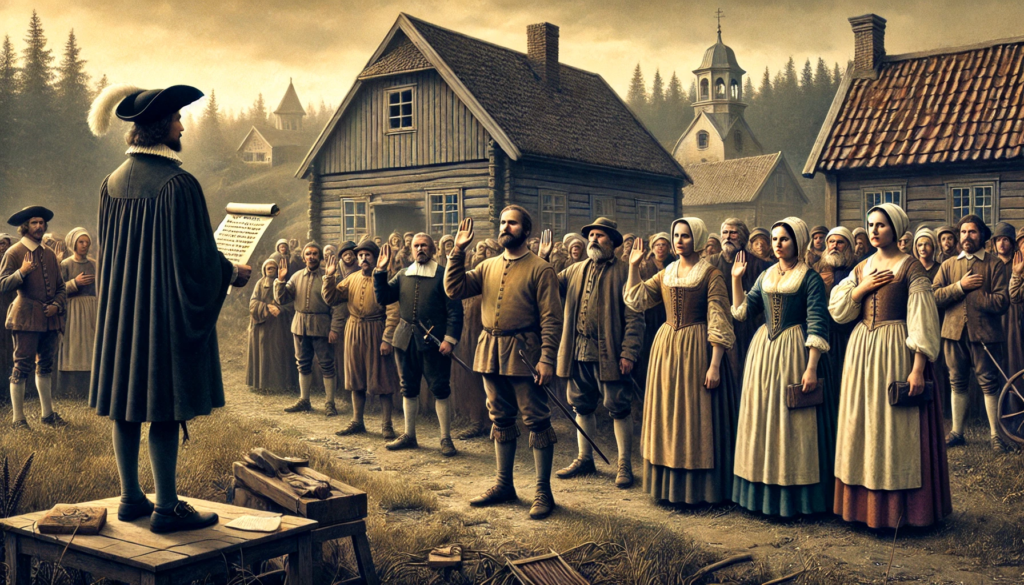This post is the last part of three about the common people in the border regions between Sweden and Denmark. Caught up in the war between the countries and traditionally called Snapphanar, they fought harsh taxes and forced conscriptions in the mid- to late 1600s.
In 1660 a new peace treaty was signed that concluded Karl X Gustav’s war against Denmark. He was dead by then and his infant son, Karl XI, was king of Sweden.
There was a tentative peace until 1675 when Danish king Christian V declared war, wanting to take back the lost territories.
At first, it seemed to go Denmark’s way. They reclaimed much of Skåne, and many of the common people supported them. But the tide turned at the Battle of Lund in 1676 – the bloodiest battle ever fought on Swedish soil – that was won by Sweden.
After the defeat, the Danes retreated further and further south, which resulted in the Snapphane units that had previously received Danish support now having to do without.
The Swedes also invested heavily in destroying the Snapphanar. Special courts were established and all those who participated were sentenced to brutal death sentences.

Many villages were forced to swear oaths not to support further rebellions. Since oaths were taken very seriously at this time, it contributed to parts of the population breaking with the Snapphanar. But what perhaps contributed most of all was that the Swedish authorities finally promised amnesty to the resistance fighters.
The reason was that many, both rebels and ordinary peasants, fled to Denmark and many villages were depopulated. To get them to return, they were promised a pardon. This, rather than the terror, caused the resistance to finally decline.
The final blow to the Snapphanar was the peace treaty in 1679. Skåne, Halland, Blekinge and Bohuslän remained in Swedish possession, and have been ever since. Peace was finally restored, and the oppression of the population eventually lessened – and the Snapphane movement was dead.
The last trial against a Snapphane was held as late as 1700. His name was Nils Tuasen, and he was executed for the murder of a swedish soldier in 1677. He is traditionally seen as the last Snapphane.
Sources:
Adolfsson, Mats. Fogdemakt och bondevrede. Svenska uppror: 1500 – 1718. (2007)
Hazelius, Kim. De kallades Snapphanar. Friskyttar, rövare & bondeuppbåd. (2006)

